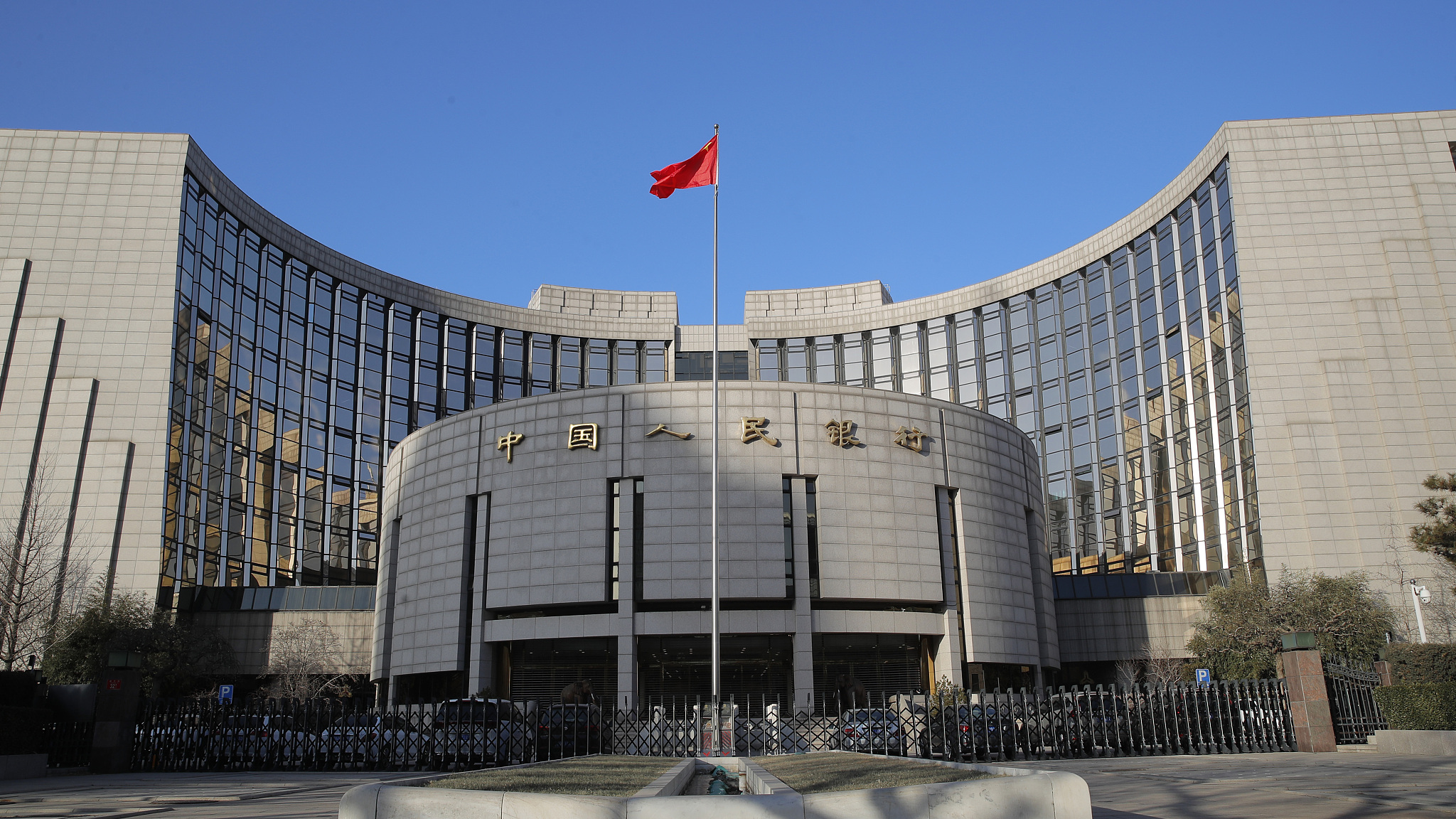
The logo of Green Swan 2022. /bis.org
The logo of Green Swan 2022. /bis.org
Editor's note: Matteo Giovannini is a finance professional at the Industrial and Commercial Bank of China in Beijing and a member of the China Task Force at the Italian Ministry of Economic Development. The article reflects the author's views, and not necessarily those of CGTN.
Climate change is a common challenge that affects all countries in the 21st century. Besides being an environmental concern, it has wide implications for economic and financial sectors.
Over the last decade we have become accustomed to hearing media describe economies with terms such as "green," "sustainable," "inclusive," and "circular." The relevance of this kind of terminology can be measured by the fact that these terms have consistently become part of the agenda in the discussions at government level and have started to affect strategies and board compositions of corporations with a global footprint.
A good example of the ongoing trend is embodied by the Green Swan, a global virtual conference held May 31 to June 1 and co-organized by the Bank for International Settlements, the European Central Bank, the Network for Greening the Financial System, and the People's Bank of China. During the event many distinguished experts discussed how central banks and financial sectors could actively respond to climate change-related risks.
A "green swan" represents a climate event that takes reference from the "black swan" theory and that, despite being characterized by unpredictability and rarity, can have a profound impact. It has been estimated that if a "green swan" happens in combination with a traditional financial crisis, it could threaten the stability of the entire global banking sector.
Therefore, finance plays a central role in the historical transition to a low-carbon and more sustainable world, and governments have rightly taken initiative placing the financial sector in the driver's seat of their economies.

The People's Bank of China, Beijing, January 15, 2021. /VCG
The People's Bank of China, Beijing, January 15, 2021. /VCG
Academics, policymakers, and bankers at the annual event agreed on the fact that the mobilization of capital, whether it is fiscal budget, debt and equity instruments, or loans, requires a private-public "blended finance" approach. In other words, a stronger coordination between private and public sector towards a common goal is key to optimizing the allocation of resources to the sectors of the economy that promote climate transition and the decarbonization process.
In this sense, I think that appropriate government policy incentives, such as cash grants for green projects and tax incentives to stimulate sustainable investments, could not only help to reduce environmental harm but also attract a wider participation from the private sector that is willing to provide financing to bankable projects.
I also believe that a key element for the realization of a "blended finance" approach can only pass through a deeper level of cooperation among countries, governments and, above all, central banks. These monetary authorities are in a uniquely and very powerful position to sustain the development of green finance models and to direct resources away from carbon-intensive sectors and towards green investments.
In China, green finance has become an important component in the development of the financial industry, with first initiatives that date back to the 1990s. In particular, China's green finance business has accelerated its pace of development in the past decade through the introduction of policies such as green credit, green insurance, and green securities.
In 2016, the People's Bank of China (PBOC) led the coordination to form a guideline to build a greener financial system. The document that was produced represents the world's first green financial policy framework approved and established by a central government, making the country a pioneer in this field.
I am of the opinion that one of the major successes of China in promoting the development of its green finance system has been the adoption of a simultaneous top-down and bottom-up approach. Through this system the country has been able on the one hand to maneuver government tools, and on the other hand has paid attention to the decisive role of the market in allocating resources. In this sense, green finance remains a financial initiative that cannot be accomplished without the combination of government efforts and market forces.
It has been estimated that China requires over $20 trillion in climate financing in order to meet the nation's goal to become carbon neutral by 2060, according to the target announced by President Xi Jinping to the UN General Assembly in 2020. These ambitious goals can only be achieved by having long-term vision and by taking bold decisions.
On June 1, the National Development and Reform Commission (NDRC) declared that China aims to boost renewables' share of electricity generation to 33 percent by 2025. The country, being the largest source of climate-warming greenhouse gases, has taken specific and tangible initiatives to double the total wind and solar capacity by 2030 through the construction of large-scale renewable energy bases in northwestern desert regions.
In addition, China has taken important steps at the international level by co-chairing with the U.S. the Sustainable Finance Study Group during Italy's G20 presidency and working with the European Union to co-launch the International Platform on Sustainable Finance for the development of global standards for green finance.
Climate change certainly remains a huge threat where emission cuts and energy-saving targets cannot be met overnight. The financial sector is going to play a larger role in this global fight but coordination among countries and financial regulators across the world remains a necessary step if the goal is to leave behind a clean world for our future generations.
China by sharing its progress in innovations and best practices with other nations could not only offer valuable lessons in term of sustainable future but also help to increase awareness and understanding of the challenges we all face.
(If you want to contribute and have specific expertise, please contact us at opinions@cgtn.com. Follow @thouse_opinions on Twitter to discover the latest commentaries in the CGTN Opinion Section.)

